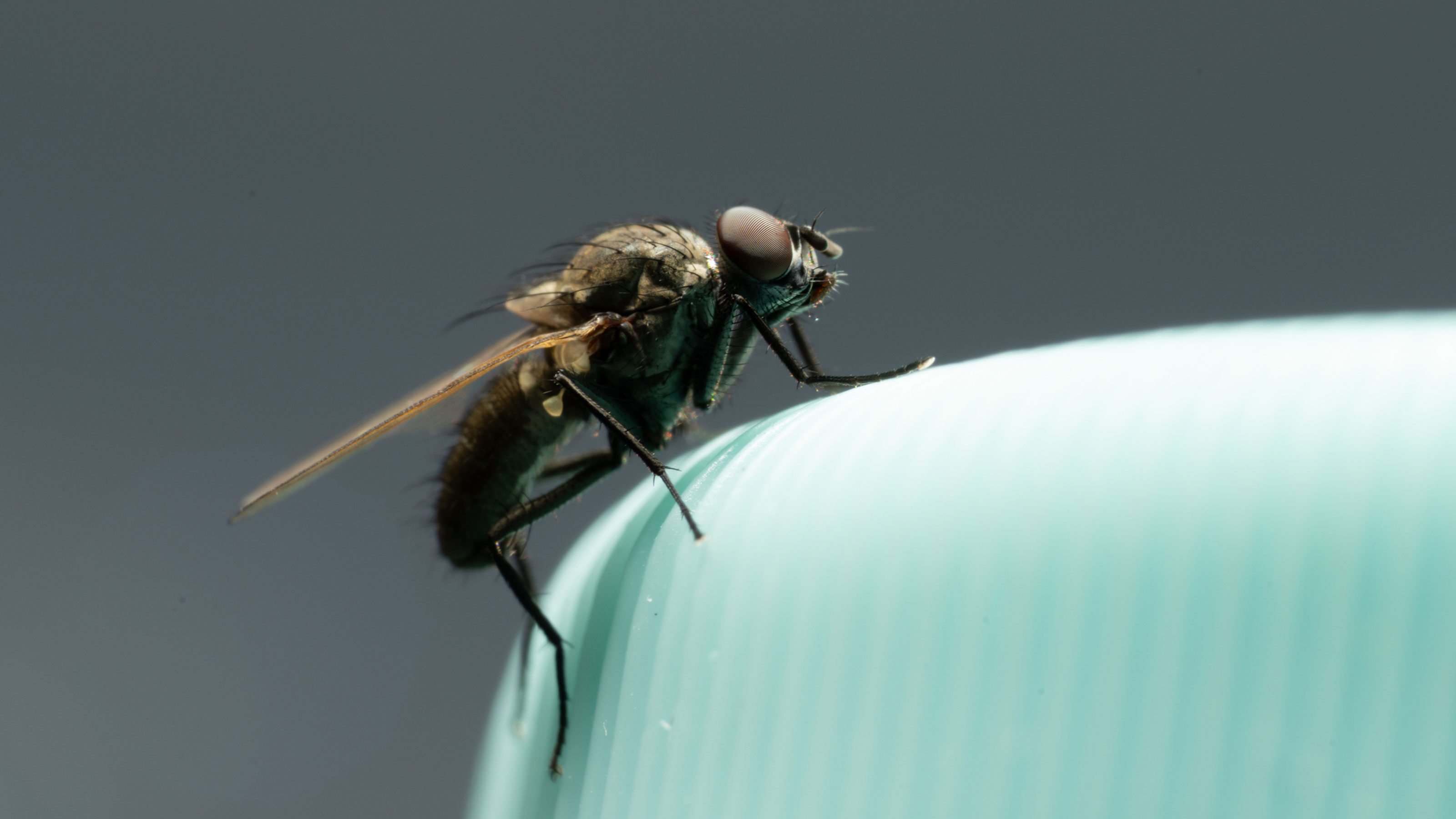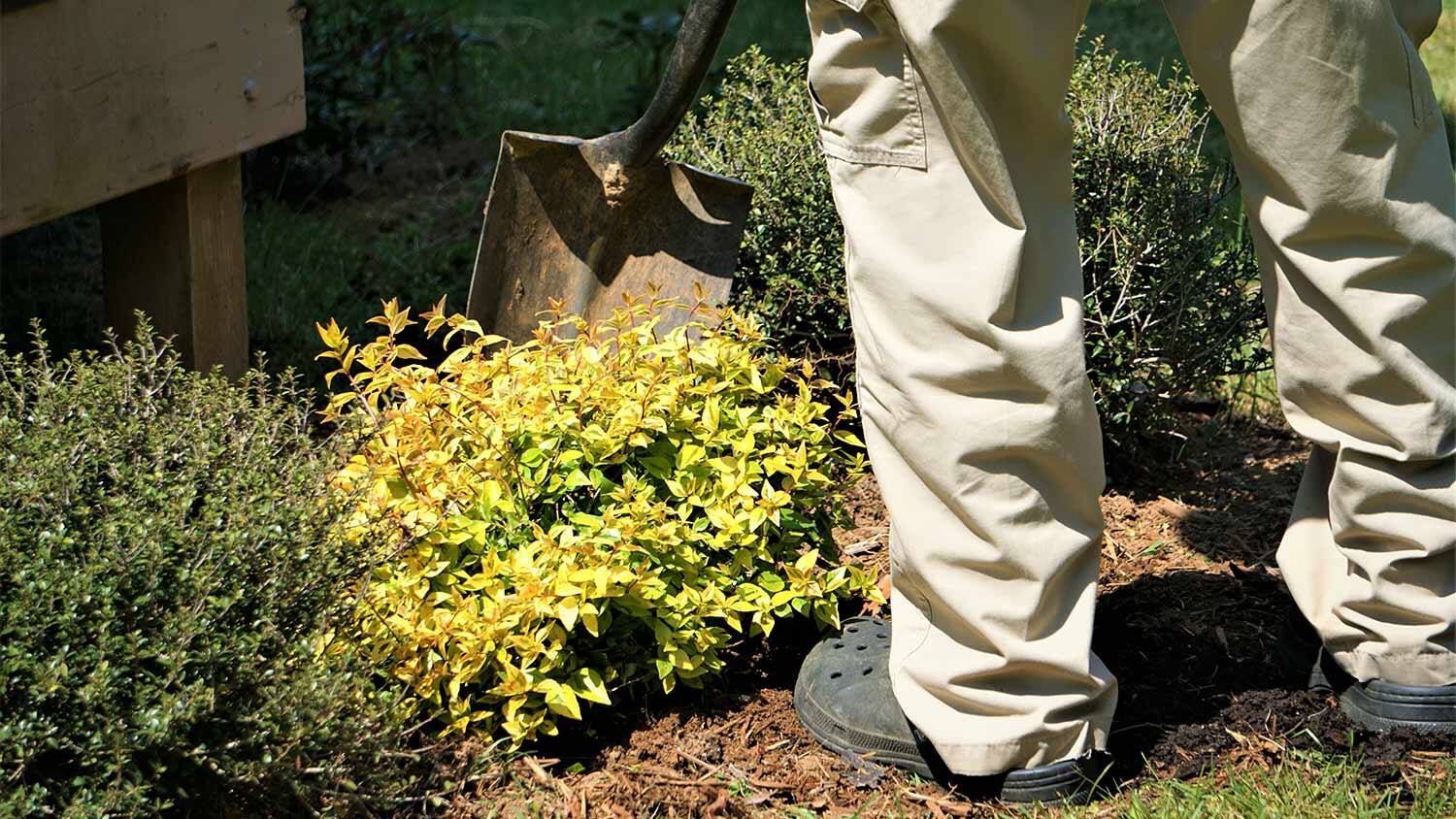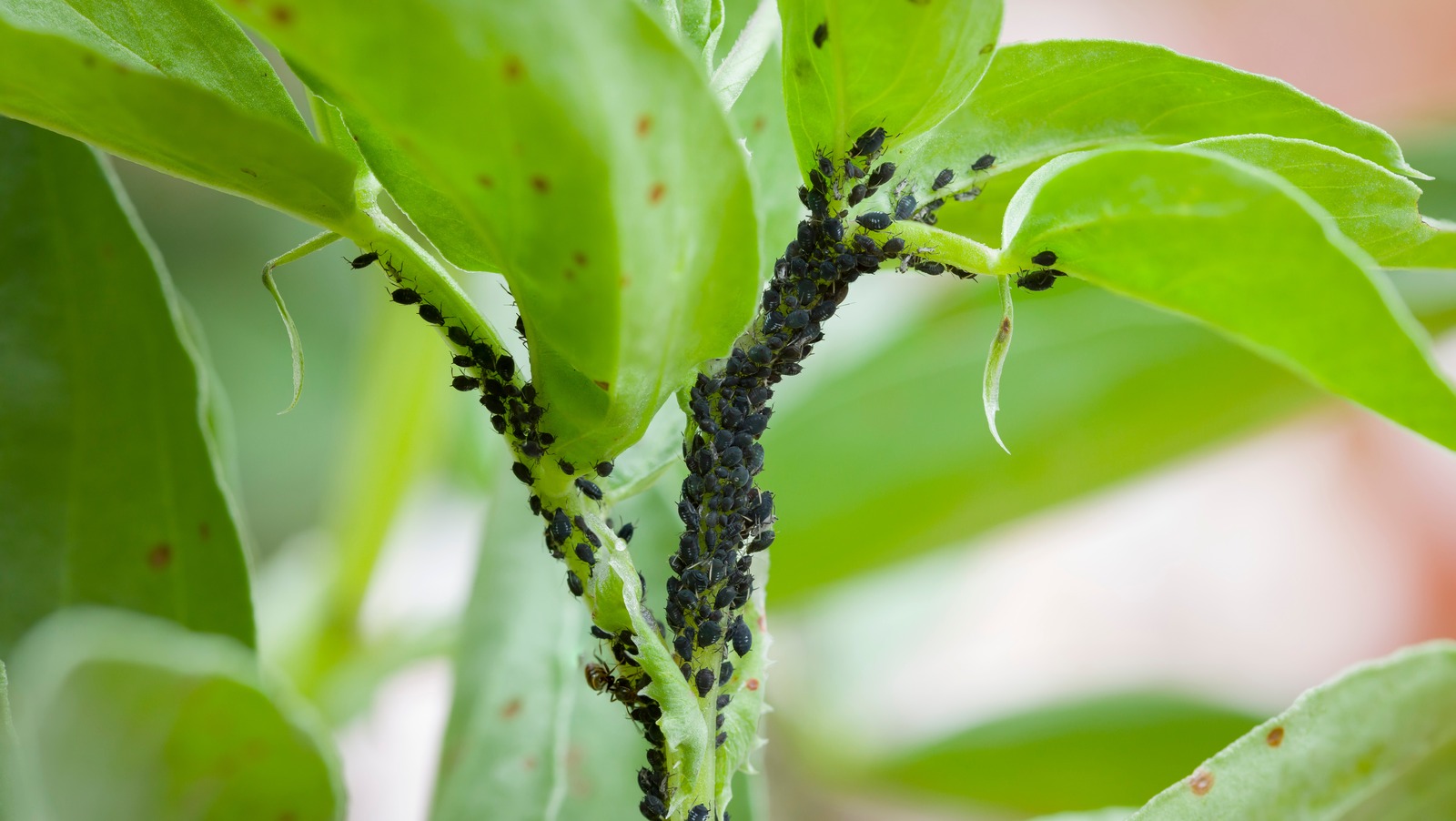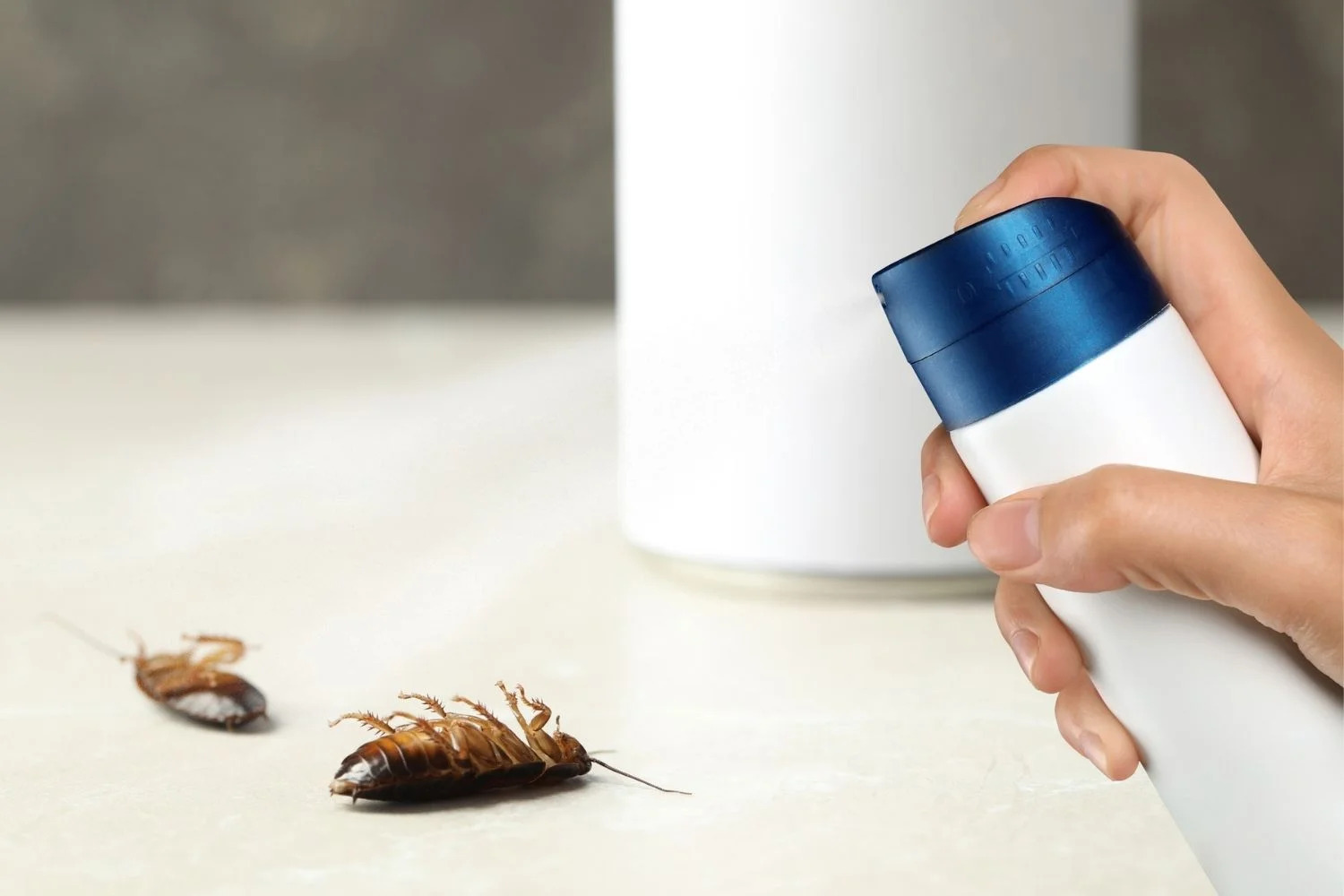Home>Gardening News and Trends>Latest News>How To Get Rid Of Insects In Car
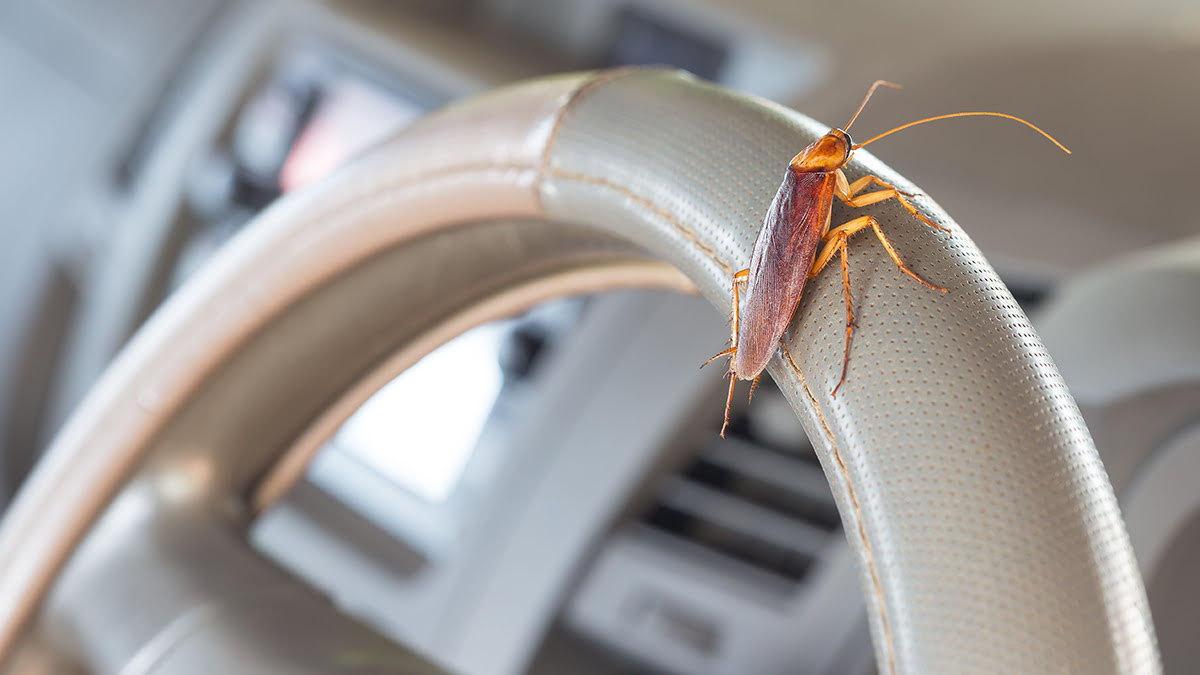

Latest News
How To Get Rid Of Insects In Car
Modified: January 22, 2024
Learn the latest news on how to get rid of insects in your car. Discover effective techniques and products to keep your car bug-free and comfortable.
(Many of the links in this article redirect to a specific reviewed product. Your purchase of these products through affiliate links helps to generate commission for Chicagolandgardening.com, at no extra cost. Learn more)
Table of Contents
- Introduction
- Step 1: Identify the type of insects in your car
- Step 2: Remove any food or debris that may attract insects
- Step 3: Vacuum the interior of your car thoroughly
- Step 4: Use insect repellents or sprays specifically designed for cars
- Step 5: Utilize natural deterrents to keep insects away
- Step 6: Regularly clean and maintain your car to prevent insect infestations
- Step 7: Seek professional help if the insect problem persists
- Conclusion
Introduction
Discovering insects in your car can be an unpleasant surprise, causing annoyance and discomfort during your daily commute or road trips. Whether it’s ants, spiders, flies, or any other unwelcome guests, it’s important to address the issue promptly to maintain a clean and comfortable driving environment. Insects can not only be a nuisance but can also pose health risks and damage to your vehicle if left unattended.
In this article, we will provide you with a step-by-step guide on how to get rid of insects in your car. From identifying the type of insects to utilizing repellents and natural deterrents, we will cover everything you need to know to eliminate these unwanted visitors. By following these simple yet effective methods, you can ensure a pest-free and enjoyable driving experience.
So, if you’re ready to bid farewell to those pesky hitchhikers and restore the cleanliness of your car, let’s dive into the steps necessary to get rid of insects once and for all!
Step 1: Identify the type of insects in your car
The first and crucial step in eliminating insects from your car is to identify the specific type of pests you are dealing with. Different insects require different approaches for effective control. Here are a few common types of insects that are often found in cars:
- Ants: These tiny creatures are attracted to food and crumbs left behind in your car. They can be found in various colors, such as red, black, or brown.
- Spiders: Spiders can weave their webs in the corners of your car’s interior, especially in places where they can find insects to feed on. Be cautious of venomous spiders, such as the black widow or brown recluse.
- Flies: Flies are attracted to trash, food scraps, and other organic matter. They can be a nuisance and can quickly multiply if not addressed promptly.
- Mosquitoes: These pesky insects thrive in stagnant water and can find their way into your car, especially during the warmer months. They are known for their itchy bites.
Identifying the type of insects in your car will help you choose the most appropriate methods for elimination and prevention. Observe their behavior, physical characteristics, and the areas they frequent in your vehicle. This information will also guide you in addressing any underlying issues that may be attracting or harboring the insects.
Once you have identified the type of insects, you can proceed to the next steps to effectively and efficiently get rid of them from your car.
Step 2: Remove any food or debris that may attract insects
Food crumbs, spills, and other debris are common attractants for insects in your car. To eliminate the source of their attraction, you need to thoroughly clean and remove any potential food or debris from your vehicle.
Start by removing all personal belongings and trash from your car. Pay close attention to the floor mats, seat crevices, and storage compartments where crumbs and food particles may accumulate. Use a handheld vacuum cleaner or a brush to loosen and remove any debris.
Next, focus on the upholstery and carpets. Vacuum these areas thoroughly, using different attachments and nozzle sizes to reach into tight spaces. Be sure to lift and vacuum under the seats as well.
If you notice any leftover food or spills, clean them immediately using a mild detergent and water solution. Wipe down surfaces, including cup holders, door pockets, and dashboard, to remove any sticky residues that may attract insects.
Remember, prevention is key. Avoid eating inside your car, especially messy or crumbly foods. If you must consume food on the go, make sure to clean up any spills or crumbs promptly.
By removing potential food sources, you significantly reduce the likelihood of attracting insects to your car. This step creates a less appealing environment for pests and sets the stage for effective insect elimination and prevention.
Step 3: Vacuum the interior of your car thoroughly
Vacuuming the interior of your car is an essential step in getting rid of insects. It helps remove not only loose debris but also eggs, larvae, and adult insects that may be hiding within your vehicle.
Start by using a handheld vacuum cleaner or a car-specific vacuum with various attachments. Begin from the top of your car’s interior, such as the ceiling, sun visors, and upper door panels, and work your way down to the seats, carpets, and floor mats.
Be sure to reach into all the crevices, including seat seams, seatbelt channels, and between the center console and seats, as insects often find these areas to be ideal hiding spots. Use a narrow crevice tool to access hard-to-reach places.
Pay close attention to the carpeted areas, as insects may lay their eggs there. Run the vacuum cleaner multiple times over the carpets to ensure a thorough cleaning.
Consider using a brush attachment to agitate the upholstery and dislodge any hidden insects. This will increase the effectiveness of the vacuuming process.
As you vacuum, periodically clean or replace the dust bag or empty the canister, as insects may still be alive and crawling inside. This prevents them from escaping back into your car.
Remember to clean the vacuum cleaner itself after use to remove any trapped insects and prevent cross-contamination.
Regular vacuuming not only helps remove insects but also minimizes the presence of dust, dirt, and allergens in your car. It is a vital step in maintaining a clean and hygienic driving environment.
Step 4: Use insect repellents or sprays specifically designed for cars
To further combat and prevent insects from infesting your car, you can utilize specially designed insect repellents or sprays. These products are formulated to repel and deter various types of insects, providing an extra layer of protection for your vehicle.
Before applying any insect repellent or spray, carefully read and follow the instructions provided by the manufacturer. Some common options for car-specific insect repellents include:
- Aerosol Sprays: Aerosol sprays are convenient and easy to use. They can be sprayed directly onto surfaces susceptible to insect infestations, such as floors, door frames, and trunk areas.
- Repellent Sachets: Repellent sachets contain natural ingredients like essential oils or herbs that discourage insects from entering your car. These sachets can be placed in strategic areas, such as under seats, in storage compartments, or near air vents.
- Hanging Strips: Hanging strips with insect-repelling properties can be attached to your rearview mirror or placed on the back of seats. The fragrance emitted by these strips acts as a deterrent for insects.
When using any type of insect repellent or spray, ensure proper ventilation in your car and avoid spraying directly on areas where you or your passengers may come into direct contact, such as seats and steering wheels.
Remember to reapply the repellent or spray periodically, especially after cleaning your car or prolonged exposure to the elements, to maintain its effectiveness.
In addition to commercially available products, you can also make your own natural insect repellents by combining essential oils like lavender, citronella, or peppermint with water or rubbing alcohol. These can be sprayed in your car to repel insects while providing a pleasant aroma.
Using insect repellents or sprays specifically designed for cars can significantly reduce the chances of insects finding their way into your vehicle. It creates a barrier that deters them from entering and nesting, ensuring a bug-free driving experience.
Step 5: Utilize natural deterrents to keep insects away
In addition to commercial insect repellents, you can also utilize natural deterrents to keep insects at bay and prevent them from infesting your car. These natural methods are not only effective but also safer alternatives, especially if you prefer to avoid using chemical-based products.
Here are some natural deterrents you can use:
- Essential Oils: Certain essential oils are known for their insect-repelling properties. Peppermint oil, tea tree oil, and citronella oil are just a few examples. Mix a few drops of your preferred oil with water and spray it in your car, paying attention to areas where insects are likely to enter or hide.
- Citrus Peels: Citrus fruits like oranges, lemons, and grapefruits have a strong scent that repels insects. Place citrus peels around your car, such as under seats or in the glove compartment, to keep insects away.
- Vinegar: Vinegar is a versatile household item that can also help repel insects. Mix equal parts vinegar and water and use it to wipe down surfaces in your car. The strong smell acts as a deterrent for insects.
- Clove or Bay Leaves: Clove and bay leaves have potent repellent properties against insects. Place these leaves in cup holders, under seats, or in the trunk to keep insects away.
It’s important to note that natural deterrents may not have as long-lasting effects as chemical-based repellents. Therefore, you may need to refresh these natural deterrents more frequently, especially after cleaning your car or when the scent starts to fade.
Utilizing natural deterrents not only helps in keeping insects away but also provides a pleasant fragrance in your car, creating a more enjoyable driving environment.
Step 6: Regularly clean and maintain your car to prevent insect infestations
A key aspect of preventing insect infestations in your car is maintaining a regular cleaning routine. By keeping your vehicle clean and well-maintained, you can significantly reduce the chances of insects finding their way inside. Here are some important steps to follow:
1. Exterior Cleaning: Regularly wash the exterior of your car, paying attention to areas where insects may hide, such as door handles, mirrors, and grilles. Remove any bird droppings or sticky residue that may attract insects.
2. Interior Cleaning: Vacuum the interior of your car regularly to remove dirt, dust, and debris that could potentially harbor insects. Wipe down surfaces, including the dashboard, seats, and door panels, with a mild detergent or car interior cleaner to eliminate any food or drink residue.
3. Check for Moisture: Insects are attracted to moisture, so it’s important to inspect your car for any signs of water leakage, dampness, or standing water. Fix any leaks promptly and ensure proper ventilation to keep your car dry.
4. Clean Air Vents and Filters: Insects can enter your car through air vents. Regularly clean and vacuum the vents to prevent them from becoming entry points. Additionally, replace or clean your car’s cabin air filter as recommended to maintain good air quality and reduce the chances of insects entering your vehicle.
5. Store Food Properly: Avoid leaving food or food containers in your car, especially overnight. If you must transport food, ensure it is properly sealed and stored in airtight containers to prevent attracting insects.
6. Use Protective Covers: Consider using protective covers for seats and floor mats, especially if you frequently transport items that could attract insects, such as gardening supplies or pet accessories. These covers can be easily removed and cleaned to prevent insect infestations.
7. Regular Maintenance: Keep up with regular maintenance tasks, such as oil changes and tire rotations, to minimize the chances of insects hitching a ride into your car. Insects can hide in engine compartments or crawl through gaps in poorly maintained seals.
8. Check for Cracks or Openings: Inspect your car for any cracks, openings, or damaged seals that could be potential entry points for insects. Seal any gaps or cracks with appropriate sealants or adhesive tapes to prevent insects from sneaking inside.
By maintaining a clean and well-kept car, you significantly reduce the chances of insect infestations, ensuring a pleasant and pest-free driving experience.
Step 7: Seek professional help if the insect problem persists
If despite your best efforts the insect problem in your car persists or worsens, it may be time to seek professional help. Pest control professionals are equipped with the knowledge and tools to effectively eliminate stubborn infestations and provide long-term solutions. Here are some reasons why it might be necessary to call in the experts:
1. Identification and Treatment: Pest control professionals can accurately identify the specific type of insects infesting your car and provide targeted treatments. They have a deep understanding of different species’ behaviors and can apply appropriate insecticides or repellents to eradicate the infestation effectively.
2. Safety: Some insect infestations, such as those involving venomous spiders or stinging insects, can pose a risk to your safety. Pest control professionals have the necessary tools and protective gear to handle and remove these insects safely.
3. Comprehensive Solution: If the source of the insect infestation is not apparent or extends beyond your car, pest control professionals can investigate and address the root cause. They can identify any underlying issues or breeding grounds around your property, preventing future infestations.
4. Experience and Expertise: Pest control professionals have extensive experience dealing with various types of infestations. They are familiar with the most effective techniques and can provide advice on prevention methods to ensure long-term protection for your car.
5. Peace of Mind: Dealing with persistent insect infestations can be frustrating and stressful. By hiring professionals, you can have peace of mind knowing that the problem is being handled by experts who will take all necessary steps to eliminate the infestation and prevent its recurrence.
When choosing a pest control professional, make sure to research and select a reputable and licensed company. Read reviews, ask for recommendations, and inquire about their expertise in dealing with car infestations specifically.
Remember, prevention is always better than dealing with an infestation. Once the professionals have resolved the issue, it’s crucial to follow the previous steps and maintain a clean and insect-free environment in your car.
By seeking professional help, you can ensure a thorough and effective resolution to persistent insect problems, allowing you to enjoy a bug-free driving experience.
Conclusion
Dealing with insects in your car can be frustrating and uncomfortable, but with the right approach, you can effectively eliminate these pesky pests and prevent future infestations. By following the steps outlined in this guide, you can create a clean and insect-free driving environment.
Start by identifying the type of insects in your car to tailor your approach accordingly. Remove any food or debris that may attract insects and thoroughly vacuum the interior of your car to eliminate any hidden eggs, larvae, or adult insects. Using insect repellents or sprays specifically designed for cars can provide an additional layer of protection, while utilizing natural deterrents offers a safer and environmentally friendly alternative.
Regularly cleaning and maintaining your car is crucial in preventing insect infestations. By keeping your vehicle clean, addressing moisture issues, and sealing cracks or openings, you can minimize the chances of insects finding their way inside. Should the problem persist, seeking professional help can offer tailored solutions and expertise to eradicate the infestation effectively.
Remember, when it comes to insects, prevention is key. By implementing these practices and maintaining a clean and hygienic driving environment, you can enjoy a pest-free and comfortable experience every time you get behind the wheel.
So say goodbye to those unwanted passengers and hit the road with confidence, knowing that your car is free from insects!
